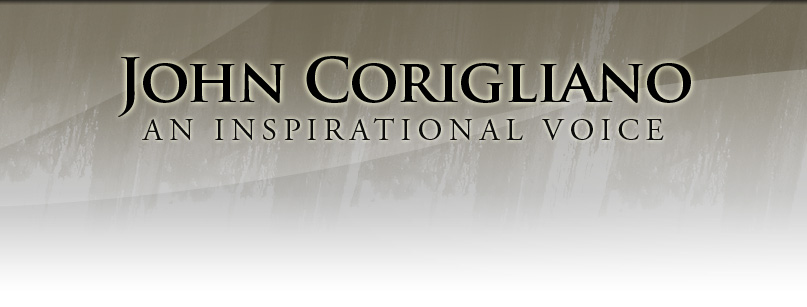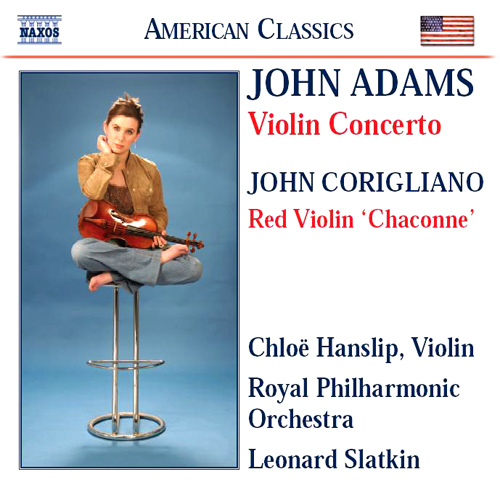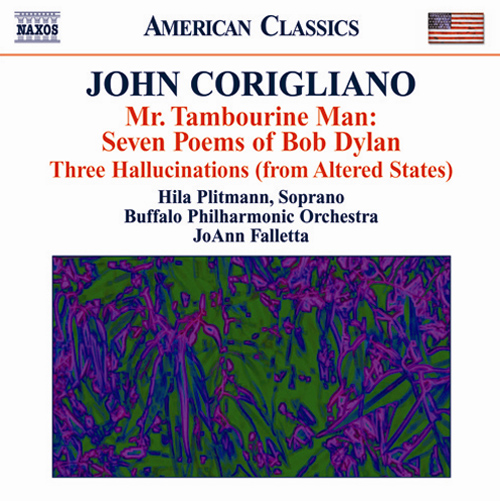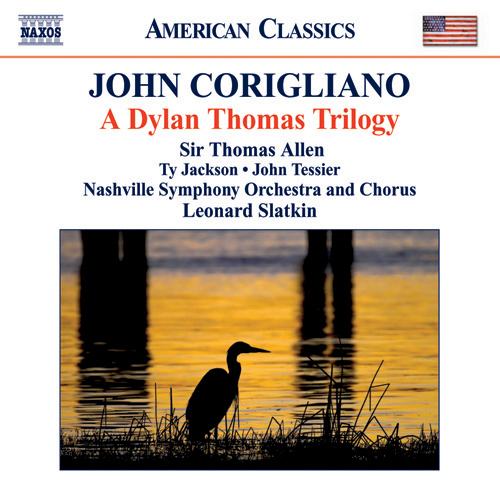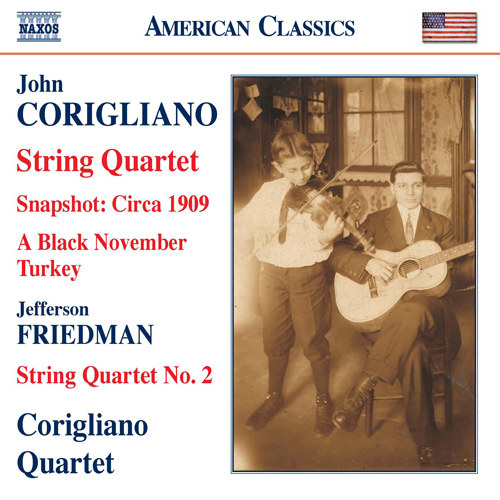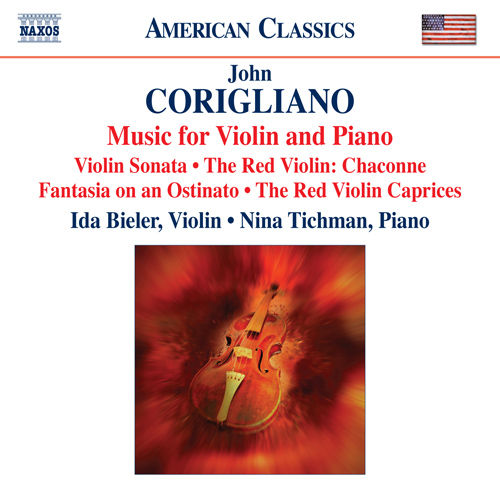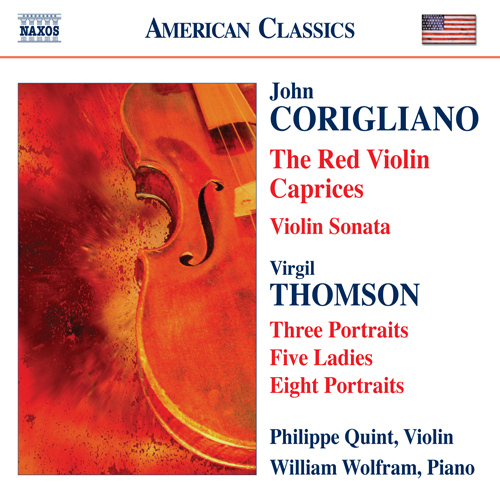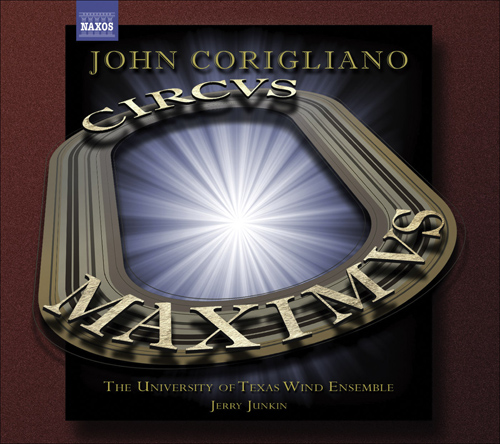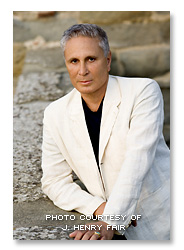
Cab drivers have recognised his face from subway ads; millions have heard his music for the film The Red Violin; his classical works are widely acclaimed by critics and enjoyed by both musicians and audiences.
On one hand, he takes his role as a composer and teacher very seriously: “You must understand the importance of the past, but if you don’t realize the importance of the present and the future, you don’t nourish that—and our art form does not—then it’s like a tree that grows no new shoots. Without new shoots the tree dies.”
On the other, he can laugh at his own expense: “Sometimes I’ve had weird experiences with cab drivers. One time I was in a cab and some piece was playing and I asked my friend, “What was that?” And the driver said, “It’s Schoenberg, for Christ’s sake!” and continued driving. And I thought, “Wow, only in New York.”
One of today’s most distinguished composers, John Corigliano has infused classical music with new life by engaging an unusually broad audience. The only person to have won two Grammy Awards for Best Contemporary Classical Composition, he has also received three other Grammy Awards, the 2001 Pulitzer Prize in Music for his Symphony No. 2, the 2000 Academy Award for his score for The Red Violin (his third film score), and the 1991 Grawemeyer Award for Best New Orchestral Composition, for his Symphony No. 1.
Corigliano serves on the faculty at the Juilliard School of Music, and holds the position of Distinguished Professor of Music at Lehman College, City University of New York, which recently established a composition scholarship in his name. He lives in New York City and in Kent Cliffs, New York. His music is published exclusively by G. Schirmer.
Naxos is proud to include several outstanding recordings of John Corigliano’s works, which are fascinating listeners and receiving critical acclaim the world over.
“This might be one of Naxos’ best recordings ever. Young British violinist Chloë Hanslip is outstanding on this fascinating solo portrait CD, taking us through a range of eclectic and recent works. Corigliano’s Red Violin ‘Chaconne’, based on his main theme from the film’s soundtrack, demonstrates immediately that we are hearing a very special violinist.”
– Christopher Latham, Limelight magazine
“This extraordinary performance and recording of my settings of Bob Dylan’s great poetry is thrilling to me. Those who know the original versions of Mr. Tambourine Man, Blowin’ in the Wind, All Along the Watchtower and Forever Young will certainly be startled by the completely different musical approach I employ, but it is important to know that these settings came out of my deep love for the poetry and intent of Mr. Dylan. The fierce passion of the performances are lovingly captured by Naxos, and I am extremely proud of the result. – John Corigliano
“Naxos has also released my other ‘Dylan’ recording this season—this time Dylan Thomas (from whom Bob Dylan took his name.) This full-evening work for soloists, chorus and orchestra interweaves three of the Welsh genius’s greatest poems (Fern Hill, Poem in October and Poem on his Birthday) with his late and masterful Author’s Prologue. Both Dylans share the gift of vivid imagery and real urgency, and my music tries to capture that.” – John Corigliano
“This fine CD of world premiere recordings (apart from the Corigliano [string] quartet) proves an interesting and educational experience. Not only do we sample Corigliano’s style in relatively light mood in the first two miniatures contrasted against the dark and complex language of his remarkable String Quartet but we also get to hear an accomplished work by one of Corigliano’s pupils, Jefferson Friedman.”
– Derek Warby, Musicweb International
“knockout performances”
– Vivien Schweitzer, The New York Times
“John Corigliano’s music for string quartet included here is lush, vivacious and strongly built, and the Corigliano String Quartet plays it with fervor and imagination.” – Joshua Kosman, San Francisco Chronicle
One of America’s finest and most widely recognized composers, John Corigliano has won several GRAMMY Awards, the Pulitzer Prize and dozens of other honors. His hauntingly beautiful Chaconne and virtuosic The Red Violin Caprices, both based on his Academy Award-winning film score for The Red Violin, attest to his maverick imagination, while a famous passage from Beethoven’s Seventh Symphony is the seed from which Fantasia on an Ostinato grew. The Violin Sonata, one of his earliest acknowledged works, combines suavity and vigor.
In The Red Violin Caprices, the pensive Theme is the subject for five variations ranging in style from the Paganinian virtuosity of the first to the restrained ‘folk’ tinge of the third. The final Allegro of Corigliano’s Violin Sonata is enhanced by some scintillating instrumental interplay. Virgil Thomson’s music displays a skilful assimilation of Gallic clarity and an American-derived nostalgia, with hymn tunes and traditional songs often being evident. “I just heard Philippe Quint’s new recording of my Red Violin Caprices and he was absolutely amazing.” – John Corigliano
In his astonishing Symphony No 3, subtitled Circus Maximus, the celebrated American composer John Corigliano both embodies and comments on the “massive and glamorous barbarity” of our present time, which he sees paralleling the decadence of Ancient Rome. Scored for a large concert band encircling the audience, it is a musical kaleidoscope of contemporary culture. In contrast, Gazebo Dances was inspired by “the pavilions often seen on village greens in towns throughout the countryside, where public band concerts are given on summer evenings”.
